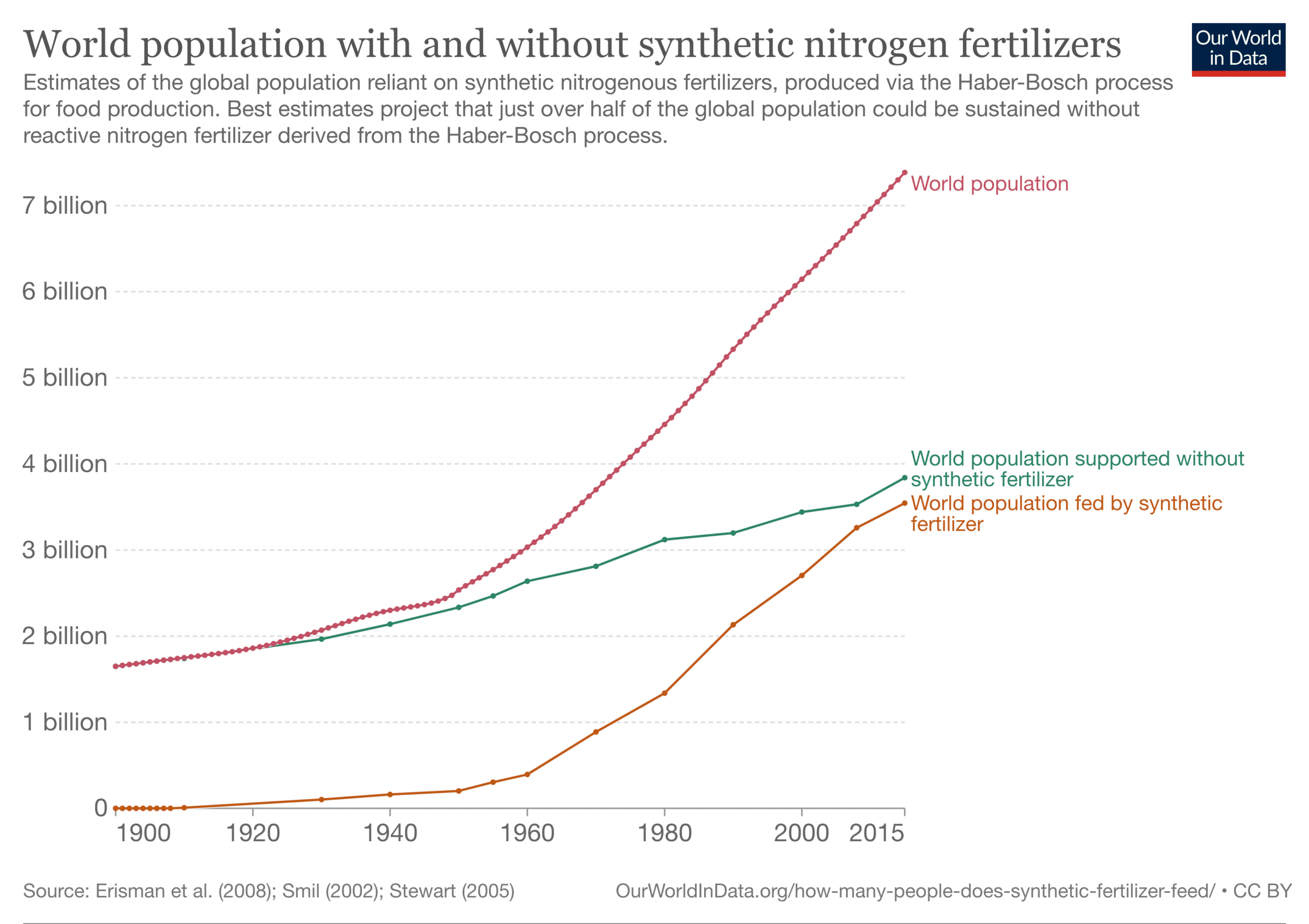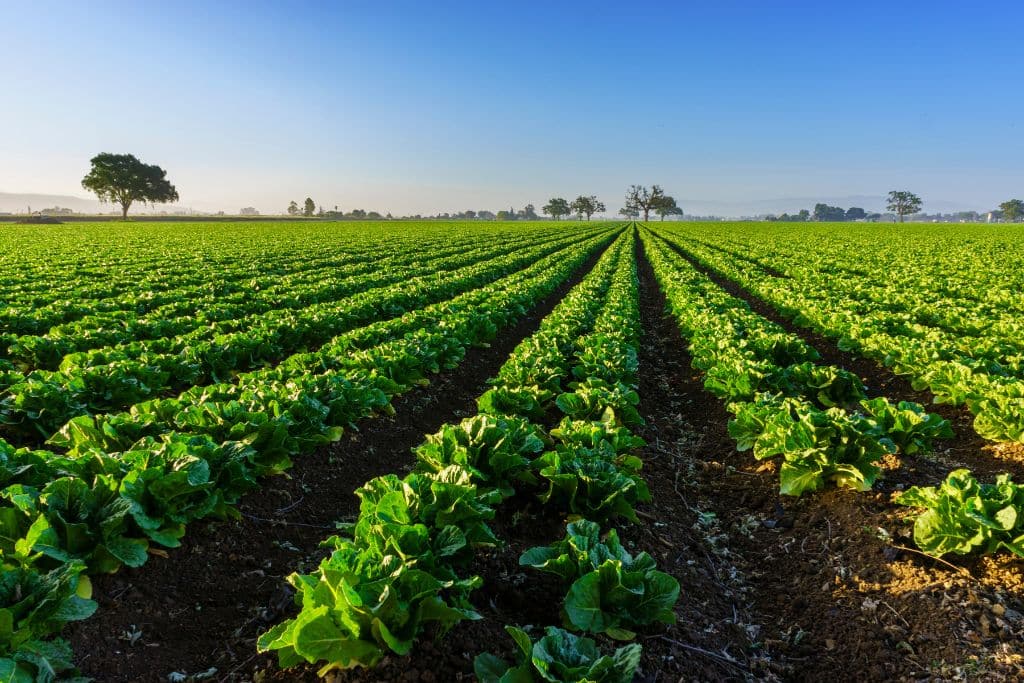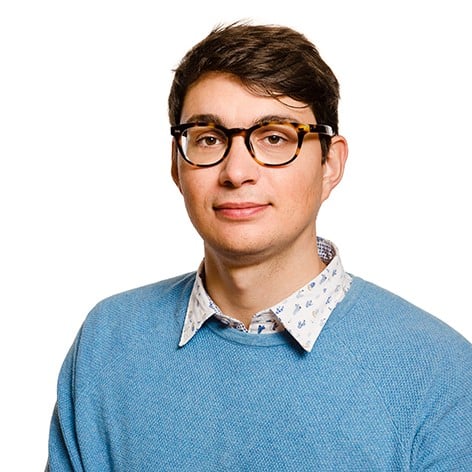Synthetic fertilisers nowadays help grow enough food to feed about half of the world’s population – despite their well-known detrimental impact on the environment. NOMAD, an EU-funded research project, aims to ensure a sustainable agriculture future through biofertilisers and a circular economy approach.
—
Considering eight billion people live on this planet today, with a projected growth of over 9 billion by 2050, it is easy to understand why modern synthetic fertilisers are essential for supporting our demographic development. However, they are also rich in nitrogen, phosphorus, and potassium, which, despite being critical elements for soil productivity, are also well known for their detrimental impact on the environment.
What’s more, synthetic nitrogenous fertiliser production requires heavy natural gas use – which, in addition to emitting CO2, also has economic repercussions on the product itself. Spikes in the price of natural gas due to Russia’s invasion of Ukraine, for example, have led to a consequent rise in the cost of some types of fertilisers in 2022 – by 149% in the EU and up to 300% in some African countries.
On average, fertiliser purchases account for about 6% of total production costs, but for crop farmers, this can be as high as 12%. It is a sensitive issue, as synthetic fertilisers feed almost half the world’s population.

World population with and without synthetic nitrogen fertilisers. Graph: Our World in Data.
One possible answer to the problem has recently come at the European level, with the introduction of the Fertilising Products Regulation in July 2022, along with the subsequent European Commission’s communication on “Ensuring availability and affordability of fertilisers,” published in November last year.
A key objective of the proposed regulation is to simplify access to innovative organic fertilisers on the European market, particularly those derived from recycled waste and by-products. Using these fertilisers, the EU may reduce its reliance on natural gas and promote balanced fertilisation and sustainable nutrient management, ensuring a better environmental outcome.
These EU standards establish the requirements fertiliser manufacturers and sellers must comply with before obtaining the CE mark, a label that certifies that products sold in the European Economic Area (EEA) have been assessed to meet high safety, health, and environmental protection requirements. This allows their products to be marketed freely throughout the bloc without further formalities while ensuring consistent consumer protection. However, such regulation is optional for the member states. Therefore, based on national laws, producers can still choose freely whether to harmonise fertilisers with the regulation or not.
Additionally, the European Commission proposed guidelines to help farmers reduce reliance on Russia, promote resilient and sustainable agriculture, and increase organic waste and nutrient recycling.
This further contributes to the EU’s ”Farm to Fork Strategy” goal of reducing nutrient losses by 50% by 2030 while preserving soil fertility. Other initiatives are also emerging at the European level to implement the production of these biofertilisers.
“Organic waste streams from industrial processes, agriculture, food production and other human activities offer a variety of opportunities to create value,” explained Dr Kyriakos Panopoulos, Principal Researcher at the Centre for Research and Technology Hellas in Greece, in an interview with Luca Arfini for Earth.Org.
Panopoulos is also the coordinator of NOMAD, a European project that brings together experts and partners from eight countries – China, Germany, Greece, Italy, Malta, the Netherlands, the UK, and Romania – to develop a mobile and scalable technology designed to valorise organic waste.
“There are small-scale industries, like biogas plants which cannot afford wastewater treatment and recovery installed,” said Panopoulos. “So we thought to build a mobile solution equipped with all the crucial technologies and supply farmers directly with digestate-derived fertilisers and soil amenders tailored to their soil and crop requirements,”.
Digestate is a liquid by-product containing recovered nutrients and fibres that farmers can use to support crop growth. However, when directly applied, it can have long-term negative effects on the environment, leading for example to soil acidification. Therefore, farmers must further process it with modern affordable equipment.
NOMAD technology does just that: it recovers nutrients from digestate to produce high-performance biofertilisers, thus minimising the potential environmental impacts linked to its direct usage. According to NOMAD scientists, the resulting product is more sustainable since it improves soil nutrient management and reduces organic waste and overall dependence on chemical fertilisers.
According to Leonardo Verdi, a researcher at the Department of Agriculture, Food, Environment and Forestry (DAGRI) in Florence, Italy, a scalable and low-cost technology such as the one offered by NOMAD could be the solution.
“Nowadays, in agriculture, it’s impossible to become rich. […] As it is currently organised, the European agriculture sector consists of many small farms, so opportunities for them are scarce. Their livelihood depends heavily on European funds,” he explained.
Four pilot sites in Greece, Italy, Malta, and the UK were chosen to test the versatility of this technology in different geographical areas, climates, and soil conditions. The tests were designed according to each country’s distinct soil and farming requirements. This will also identify digestate-specific characteristics and any possible regulatory barriers.
“We believe [NOMAD] represents the right way to develop a local circular economy based on agriculture and food production,” explained Panopoulos. “But we will be fully satisfied only when we see the whole process finally incorporated into the real market.”
The NOMAD Project, ending in June, was funded under the European Commission’s Horizon 2020 programme. It leaves behind a legacy of practical and scalable models for managing anaerobic digestion, digestate, and organic waste, facilitating sustainable agriculture development in the years to come.
You might also like: Can Traditional Farming Withstand Another Summer of Record-Breaking Heatwaves?


















